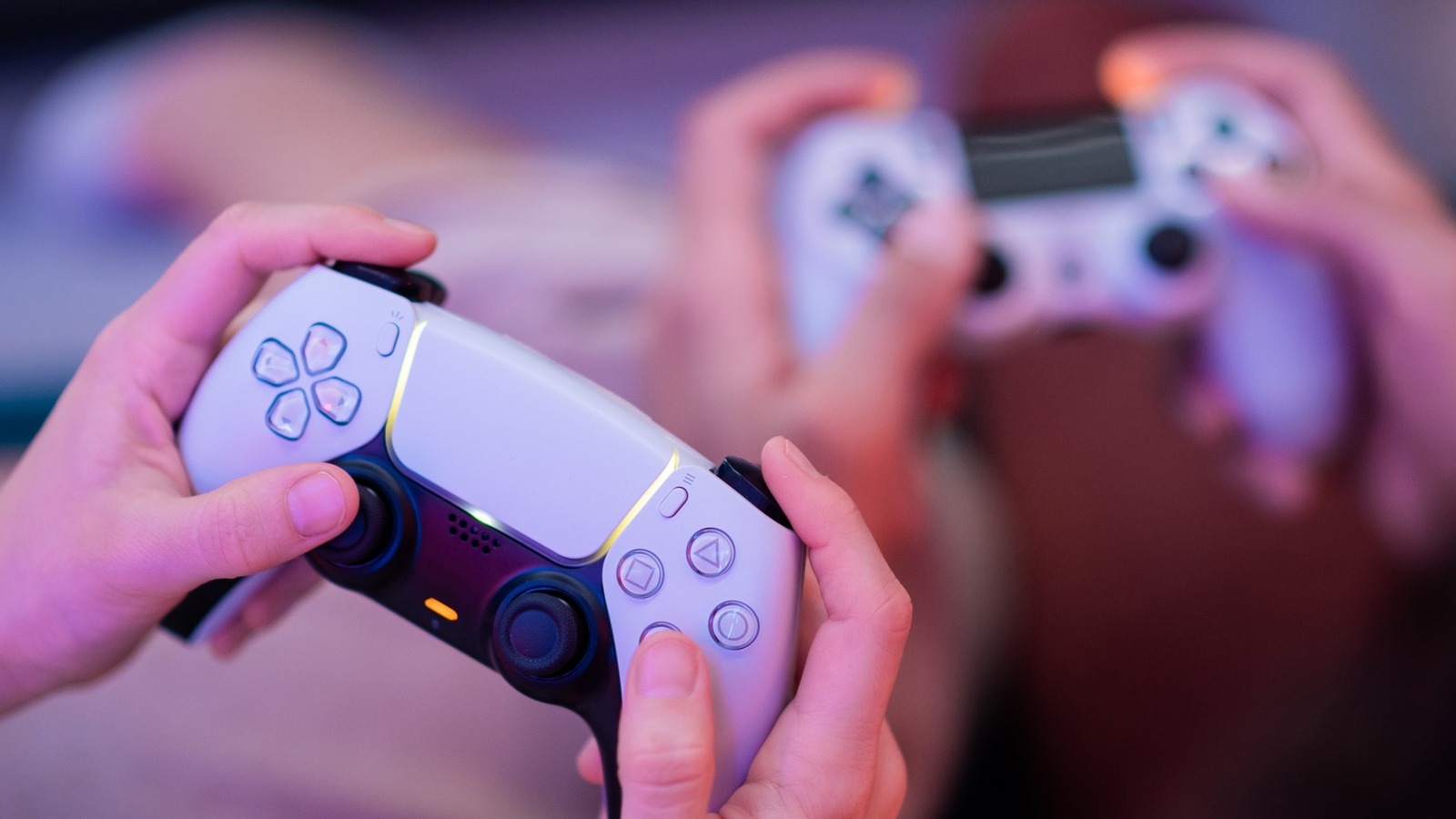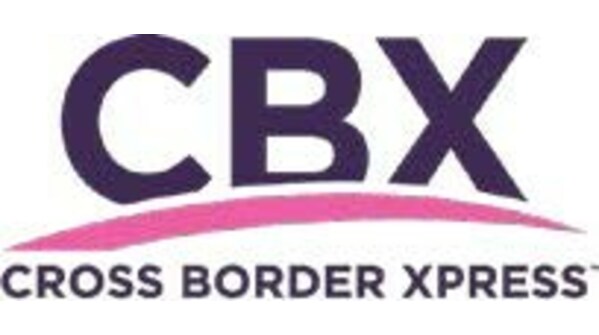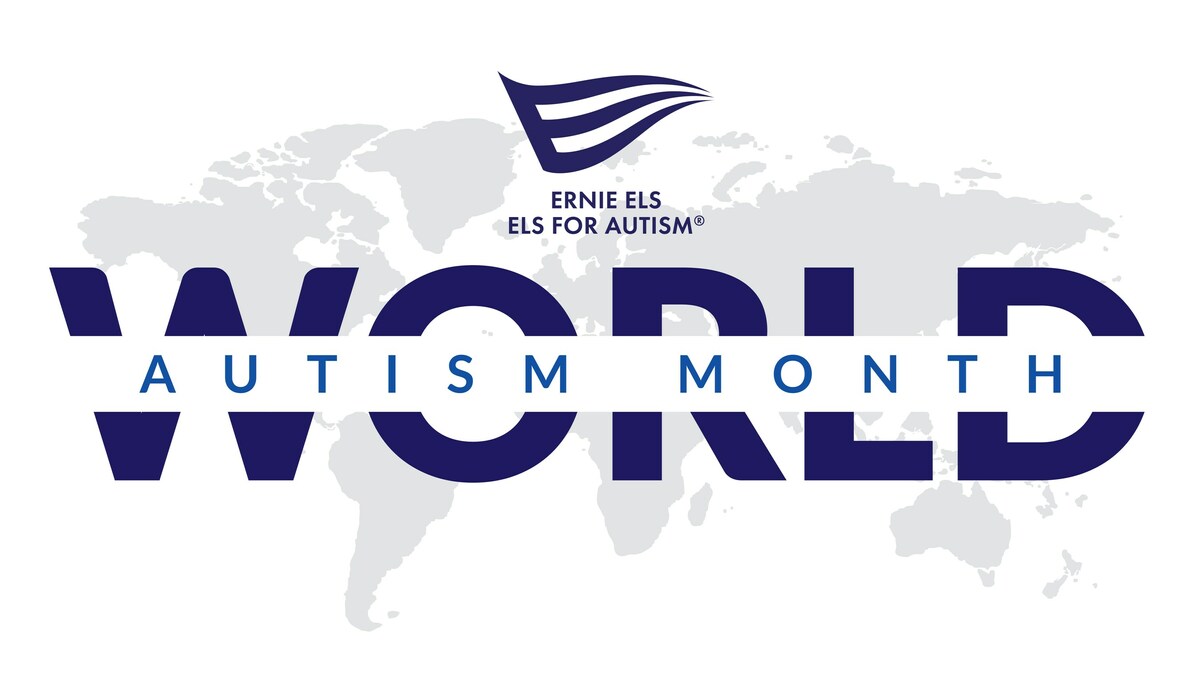
Why Your PS4/PS5 Controller Isn’t Charging (And How To Fix It) – SlashGear
Gamers who enjoy playing their favorite titles on their PlayStation console know how frustrating it can be to have a controller that doesn’t charge. While the PlayStation DualShock 4 and DualSense controllers are some of the best on the market, they aren’t perfect, and sometimes they cease to work. One of the most common problems is controllers that don’t charge, or a controller that doesn’t hold a charge for a long time.
If players find themselves in a situation where they can’t play their favorite games because the controller doesn’t work, it can be infuriating. While plugging in the controller could be a decent solution, some people’s consoles are too far from where they comfortably sit. Plus, the default PS controller cord isn’t very long, making this a poor alternative.
Luckily, there are only a few potential reasons why your PS4/PS5 controller isn’t charging, and each issue comes with its own specific solution.
Reasons a PS4/PS5 Controller is Not Charging
 Mtstock Studio/Getty
Mtstock Studio/Getty
There are three main reasons why a player’s PS4/PS5 controller might not be charging. The main culprit is typically a faulty connection between the controller and console. This issue is typically caused by the controller’s USB cable, or less frequently, the USB port on the console.
Another issue could be with the PlayStation 4 or PlayStation 5 controller itself. Both the DualShock 4 and DualSense controllers have an internal battery that users are not meant to replace. If the battery goes bad, the controller will cease to hold a charge or hold a very minimal charge, which may mean it’s time for a replacement. It could also be an issue with the actual pieces inside of the controller, in which case users will need to send it for repair or get it replaced.
The last common issue players experience when their PlayStation 4/5 controller is not charging is that the firmware for the actual console is not up-to-date. Updating the firmware will otherwise fix any software issues, typically.
How to fix a PS4/PS5 controller that’s not charging
 Mr.Mikla/Shutterstock
Mr.Mikla/Shutterstock
Once a user has identified the potential issue, it becomes much easier to fix. For the issue of poor connectivity, try swapping out USB cables to connect, then try hooking up a different controller. If this resolves the issue, the problem is with the controller’s USB charging cord or the controller itself.
Players should also try switching ports on their console: if the controller works, they know that the PlayStation may have a faulty or dirty port. Be sure to turn off and unplug the system when clearing debris from the ports themselves. Examine both the port in the controller and the port in the system. If they are dirty, it’s worth trying to clean out the ports using a tool like a toothpick, spudger, or compressed air.
For those who’ve done all of this already, the last step is to check whether the PlayStation console has the most up-to-date firmware.
Updating PlayStation firmware
 Rokas Tenys/Shutterstock
Rokas Tenys/Shutterstock
Users in the past have reported issues with their PS4/PS5 controllers not charging because of outdated firmware, so it’s more than possible that this may be the issue. While the PlayStation DualSense firmware automatically updates, it’s possible users may have skipped an update.
To update PlayStation firmware, use a USB-C cable to connect the controller to the console, then hit the “Update Now” button when the prompt appears on screen. Alternatively, you can go to your Settings menu and then select “Accessories and Controllers” to update the Wireless Controller Device Software.
If users find that it’s definitely a problem with the controller itself, and they’ve done their best job to clear the controller cable ports, update the firmware, and swap out cables, it’s possible the actual controller is broken. In this case, it’s best to contact PlayStation Support about the PlayStation DualSense or DualShock 4 controller, as it may even need to be sent in for repair.
































































